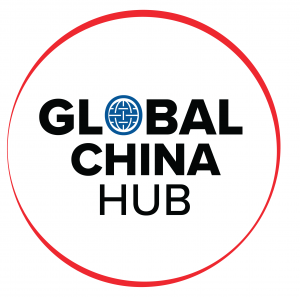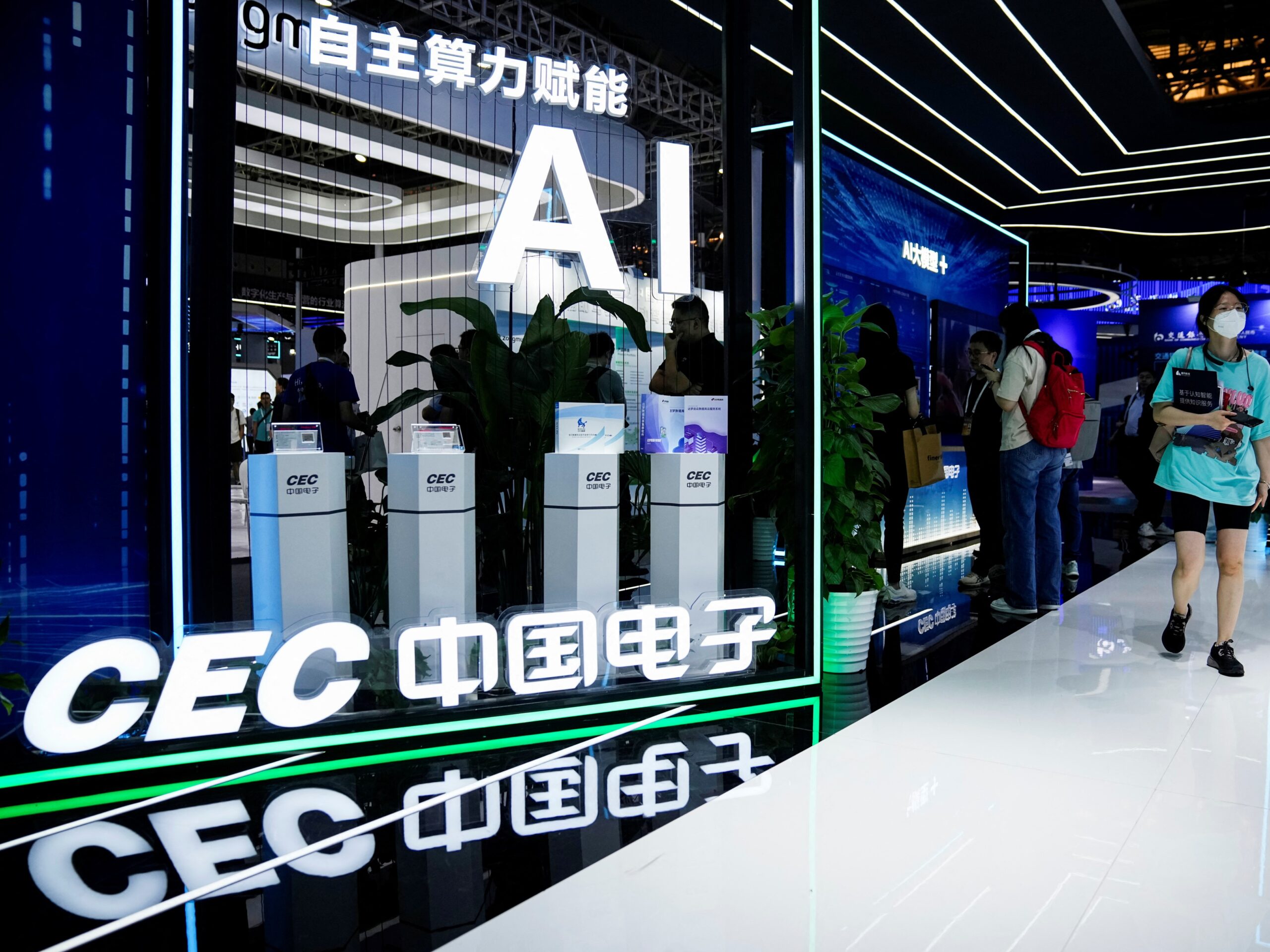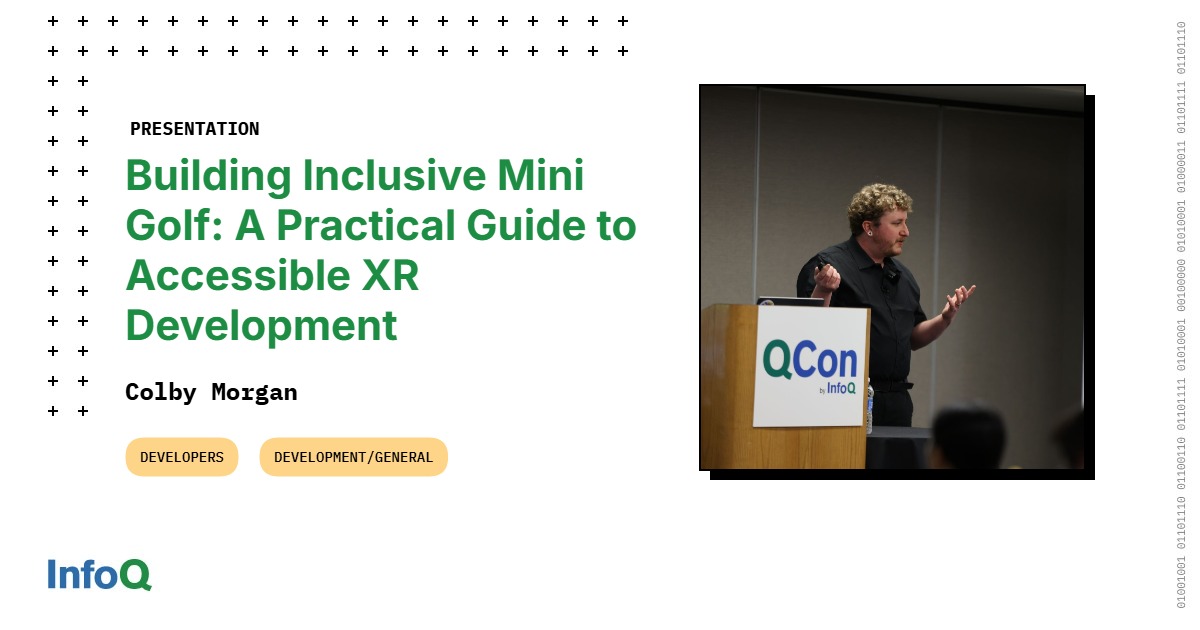October 18, 2024
Toward a coherent framework for US-China tech competition in the Global South
TO: Technology Policy Strategists
FROM: Peter Engelke and Samantha Wong
DATE: October 18, 2024
SUBJECT: A coherent framework for US-China tech competition in the Global South
The ’s Scowcroft Center for Strategy and Security and the Global China Hub are embarking on a three-year project to assess the technological competition in the Global South between the United States, its allies and partners, and China. This memo is intended to provide strategists and policymakers in the United States and elsewhere with a coherent framework for understanding the nature of this competition with respect to the Global South and the stakes involved.
Strategic context
Since 1945, the international system led by the United States and its allies and partners has generated widespread prosperity and economic development. The rules-based international system that the United States and its allies and partners built during the postwar era created historic levels of global growth and equally historic reductions in poverty around the world. Although a beneficiary of this very system, China intends to remake it into one that is less transparent and less democratic to reflect its own interests, which would also undermine economic, social, and political progress.
Technological development is at the center of a global competition between the United States and China. Specifically, tech development, and the associated policies and investments surrounding it, is now a critical strategic domain within which the United States and China compete for influence around the world, including in the Global South—a geographically and conceptually capacious term that broadly describes the world’s developing nations.
For geopolitical and economic purposes, China has aggressively courted countries across the Global South through numerous mechanisms. The most famous of these has been the Belt and Road Initiative (BRI), a multitrillion-dollar program focused primarily on infrastructural investment across the world, with the greatest focus on countries that can be defined as being within the Global South. China’s efforts hardly end there. For decades, its leadership has courted countries in the Global South, asserting that its model of authoritarianism and state capitalism is superior to the (allegedly) messier governance and poorer economic performance of Western democracies. Moreover, there has been a moral tinge to China’s argument: its leadership has asserted that China is the vanguard country for the world’s developing economies, fighting to overturn the legacy of colonialism within multilateral institutions such as the United Nations. And under President Xi Jinping, China has embarked on multiple grand initiatives—admittedly some more rhetorical than real—that attempt to give life to its ambition to be the global leader for the dispossessed, including the Global Development Initiative (sometimes viewed as an eventual BRI replacement), the Global Security Initiative, and the Global Civilization Initiative.
The United States and its allies and partners, by comparison, appear to be lagging in extending their influence into many national contexts and markets in the Global South. Around the world, argues the ’s Michael Schuman, there is now a “narrative of a failing West” wherein the United States and its allies and partners have proved unable to adapt to the Chinese challenge within the Global South, on diplomatic, economic, and other fronts. In Africa, some view China as a “preferred partner” due to their “unconditional soft loans and access to capital; quick delivery of services and cheap goods; funding of peacekeeping; and an alternate development model.” Recently, South African President Cyril Rahmaphosa defended Chinese investments in Africa and encouraged further investments from Chinese electric vehicle manufacturers.
Schuman, for one, believes that this narrative is flawed and that the world’s democracies will emerge victorious in the competition with China for influence in the Global South. Doing so, however, will require that the Western democracies appreciate the nature and gravity of the stakes involved in the technological dimensions of this competition, and act accordingly.
What are the stakes?
There are three dimensions—geopolitical, economic, and normative—to the tech-based competition with China as it relates to the Global South. Policies and investments should be crafted with these dimensions uppermost in mind.
Stake 1: Geopolitical
China has been aggressive in cultivating diplomatic influence across the Global South through technology investments and policies. The Digital Silk Road, announced in 2015 as part of the BRI, is aimed at boosting investment in digital infrastructure (for example, telecommunications and internet networks) and includes recipient projects across dozens of states. A 2021 white paper on Africa, issued by China’s State Council, highlighted that “more than 200,000 km of optical fiber has been laid [by China], giving broadband Internet access to 6 million households, and serving more than 900 million local people.”
China’s push in technology exports to Africa is primarily driven by economic interests of its firms and the state (see following section). However, it also serves broader strategic goals. China’s export of telecommunications and surveillance technologies to Africa is part of its efforts to expand its influence across the Global South and strengthen diplomatic ties with African nations.
China exports a significant number of dual-use technologies to various countries, including those in Africa. While these exports serve economic purposes, they may also have broader implications for governance and security in recipient countries. Some reports, such as those from the U.S.-China Economic and Security Review Commission, have raised concerns about the potential use of these technologies for surveillance and their impact on domestic policies in recipient countries. These efforts are designed in part to influence thinking within and encourage diplomatic alignment with like-minded authoritarian regimes and democratic ones as well. In Africa, Chinese tech firms have “trained African police and cybersecurity personnel on advanced surveillance technology—including through helping suppress political opposition,” and have motivated authoritarian governments in countries such as Zambia “to enact legislation on cybercrime and cybersecurity that would make posting online information deemed to harm national security punishable by jail time,” according to the U.S.-China Economic and Security Review Commission. The commission’s findings are consistent with those from numerous other studies.
Stake 2: Economic
Economics has been a central pillar of China’s success in the Global South. Its tech firms have been instrumental in expanding China’s economic footprint overseas, often benefiting from Chinese state action abroad to expand to new markets and give themselves an upper hand in many local markets. They are succeeding. The Economist recently estimated that, in 2023, Chinese firms earned $800 billion in revenues from sales in the Global South, exceeding revenues from the wealthier Global North. China’s tech firms are not just selling quality goods at competitive prices but also building their own brands across numerous sectors, facts that “should ring alarm bells at Western multinationals” per the magazine.
Huawei is the most famous example of a Chinese tech firm whose products and services are both globally competitive—even dominant, at least in some markets—and is regarded by the US government as a security risk. The US government asserts that Huawei’s fifth-generation infrastructure is insecure, that the company is compromised by its close ties to the Chinese state, and that it steals intellectual property from Western companies, among other charges. For these reasons and more, several governments in the Global North, including the US government, have banned Huawei’s products and services. Most governments in the Global South, however, have had no such qualms. In Africa, for instance, Huawei’s components constitute the bulk (some 70 percent) of fourth-generation networks, the result of competitive prices from Chinese state financing packages, performance guarantees, and, in authoritarian states, terms that enable governments to use the technology for their own domestic surveillance and control purposes. Not only does Huawei’s success expand Chinese influence and prestige in the region, but Huawei’s “client countries” are now tied to Chinese technology. As fifth-generation network builds on existing fourth-generation network infrastructure, countries that adopted Huawei infrastructure for fourth-generation network rollouts now have limited ability to go with alternate vendors for fifth-generation networks.
There are other, less contentious examples of Chinese companies thriving in markets across the Global South. Automobile markets are among the most significant. China’s domestic market for battery electric vehicles (BEVs) is by far the largest in the world, and its biggest BEV manufacturer, BYD, this year is set to overtake the United States’ Tesla as the world’s number one manufacturer by sales. Beneficiaries of generous state subsidies and tax incentives, many of which have been eliminated in recent years, plus indigenous innovation in batteries and other core technologies, BYD and other Chinese BEV manufacturers have built significant market share abroad. In some markets (for instance, across Southeast Asia) Chinese BEV sales outstrip those of all other countries by a large margin. China’s increasing footprint in overseas markets, driven in part by firms such as BYD offering models priced to undercut foreign rivals, has caused a wave of protectionism, frequently in the form of stiff tariffs, from the United States, the European Union, Brazil, Mexico, and elsewhere.
Stake 3: Normative
Daniel J. Kritenbrink, US assistant secretary of state for East Asian and Pacific Affairs, argues that China “is advancing an alternative vision” in the Global South, one which represents a “departure from many of the principles that lie at the heart of the international system.” In the tech space, the battle over principles and norms is important because it speaks to how the democratic world and the autocratic world, as exemplified by China, establish conflicting narratives about new technologies, with the goal of setting governance parameters around them.
Artificial intelligence (AI) provides a fitting example, particularly as it is a core technology that can transform future technology solutions. China has been aggressive in regulating AI applications and AI-generated content. While its regulations attempt to place boundaries around the misuse of this technology in China, sometimes in keeping with Western norms (in preventing discrimination, for instance), some provisions insert China’s authoritarian model into AI applications.China’s interim measures on generative AI (gen AI), which went into effect in August 2023, had as one of its five key principles that gen AI applications must “adhere to the core values of socialism . . . [and cannot] incite the subversion of state power, overthrow the socialist system, endanger national security and interests, damage the image of the country, incite the secession of the country, [or] undermine national unity and social stability.” Such restrictions extend to China’s foreign and security viewpoints. A 2023 test of Baidu’s gen AI chatbot Ernie, conducted by the New York Times, found that the app “shut down” or offered highly biased results when asked about “taboo topics” such as Taiwan, Russia’s invasion of Ukraine, China’s “zero COVID” policy, and the 1989 Tiananmen Square crackdown. According to China’s Ministry of Foreign Affairs, China is prepared to “actively work with other countries, especially fellow developing countries, to jointly develop AI infrastructure…and establish an international cooperation platform for AI capacity building.” A risk is that such developments might promote false narratives advancing a Chinese worldview.
Conclusion: Questions for further research
There are at least four research questions that follow from this analysis.
First, what exactly is China’s tech footprint in the Global South? Although there are numerous metrics suggesting that China has jumped to a lead when it comes to some forms of tech-centric competition, there is no single agreed-upon metric, or index of metrics, to measure precisely what China is doing and has accomplished. What exists instead is a hodgepodge of measurements, some more complete than others, that examine various indicators of Chinese influence in the Global South. Absent such metrics, comparing China to a US-led bloc is very much an inexact science.
Second, how does this race for influence play out by subcategory of technology? Which technologies are strategic, which are commercial, and which technologies are dual use? There are critical differences among technologies. For example, competition in AI will have different characteristics than in advanced manufacturing technologies, in terms of who is ahead or behind on the tech development curve, where in the world major commercial deals are being made, or what recipient societies are seeking from those technologies.
Third, what do countries in the Global South want from China, the United States, and other tech exporters? Unpacking not only their interests—economic and geopolitical—but also their perspectives is critical to understanding how best to compete in Global South markets. The premise is that countries around the world define what is in their best interests and strategize to take advantage of conditions in global technology markets.
A final and crucial question is how the United States and its allies and partners can develop tech-centric strategies to best counter China in the Global South. These strategies must consider available data and information on China’s motives and capabilities, as well as the diverse perspectives and interests of people, consumers, and governments across the world, and align with national grand strategy goals.
About the author
Peter Engelke is a senior fellow with the ’s Scowcroft Center for Strategy and Security as well as a nonresident senior fellow with its Global Energy Center. His diverse work portfolio spans strategic foresight, innovation and technological disruption, geopolitics and hard security, climate change and Earth systems, and urbanization, among other topics.
Samantha Wong is a program assistant with the Global China Hub, where she helps research and devise allied solutions to the global challenges posed by China’s rise, leveraging and amplifying the ’s work on China across its programs and centers.
Acknowledgements
The would like to thank its partner, Tides Foundation, for supporting the Council’s work on this publication.

Global China Hub
The Global China Hub researches and devises allied solutions to the global challenges posed by China’s rise, leveraging and amplifying the ’s work on China across its fifteen other programs and centers.









